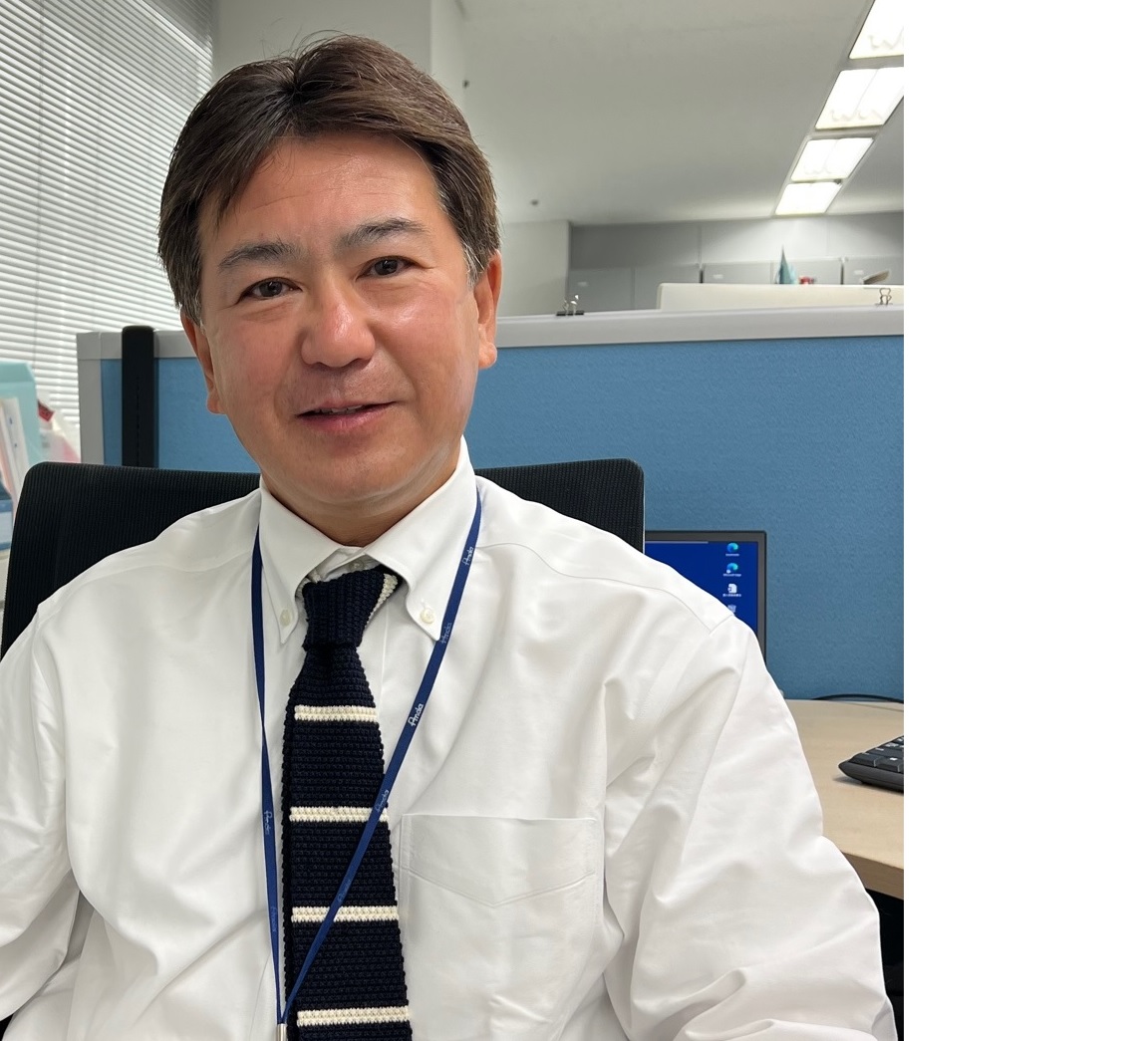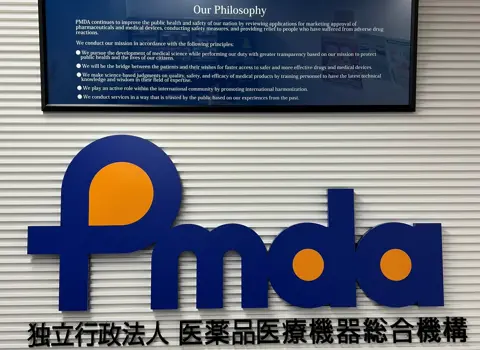
Fifty years have passed since Japan began contributing to the WHO Programme for International Drug Monitoring (PIDM). In this memorable year, I would like to introduce the Pharmaceuticals and Medical Devices Agency (PMDA), which is the national pharmacovigilance centre in Japan.
PMDA was established and came into service on 1 April 2004, under the Act on Pharmaceuticals and Medical Devices Agency, Independent Administrative Agency, as a consolidation of the services of the Pharmaceuticals and Medical Devices Evaluation Center of the National Institute of Health Sciences, the Organization for Pharmaceutical Safety and Research, and part of the Japan Association for the Advancement of Medical Equipment. PMDA is a unique public institution worldwide, in that performs the three functions of "review, safety measures, and relief for patients" in an integrated manner, contributing to the improvement of the health and hygiene of Japanese citizens. You can find out more about our history, services, and more at PMDA’s website.
It was in 1972 that Japan began cooperating with the WHO PIDM as a full member. Initially, the Ministry of Health and Welfare (currently known as Ministry of Health, Labour and Welfare (MHLW), following the merger with Ministry of Labour and the Ministry of Health and Welfare in 2001), was responsible for this cooperation. Since its establishment, PMDA has taken over the role as the Japanese national pharmacovigilance centre, commissioned by MHLW.

Roughly 250 employees are working in the safety-related offices at PMDA. One of their important roles is to evaluate adverse reaction reports. PMDA receives over 600,000 adverse reaction reports a year, from marketing authorization holders, healthcare professionals, and patients. We evaluate these reports, and this is followed by the development and implementation of safety measures, together with MHLW. VigiBase is used to develop safety measures. The Revision of PRECAUTIONS for SGLT2 inhibitor, for example, which was issued on 9 May 2019, is based on the results of a VigiBase analysis.
Notices regarding safety measures, such as the "Dear Healthcare Professionals Letter of Rapid Safety Communication" and "Revisions of Precautions", issued by MHLW, are posted on both the Japanese and English pages of PMDA‘s website on the day of publication. We will happily inform national regulatory authorities and national pharmacovigilance centres in any country of these notices if they wish: please contact safety.info@pmda.go.jp to receive such notifications.
PMDA is also working on safety measures using advanced methods for pharmacovigilance.
In addition to conventional safety measures based on safety reports, as described above, PMDA is also working on safety measures using advanced methods for pharmacovigilance. For instance, PMDA established a large-scale medical information database called MID-NET® (Medical Information Database Network (only in Japanese)) to evaluate the safety of drugs based on large-scale medical information collected in the real-world setting using pharmacoepidemiological methods, and uses the results for implementing safety measures for drugs.
In 2020, based on analytical results of the MID-NET® data, the section of precautions in the prescribing information was revised regarding the increased risk of thrombocytopenia due to pegfilgrastim, a G-CSF preparation. The result of the analysis was also published in the journal Clinical Pharmacology & Therapeutics (Clin Pharmacol Ther 110, 473-9, 2021).
In 2015, PMDA established the Asia Training Center, which offers a variety of training, primarily for regulatory authorities in Asia. Pharmacovigilance related training is typically held in January. Please check PMDA’s website regularly if you are interested.
PMDA envisages no major changes in its approach for the time being and will sustain its contribution to the improvement of the global healthcare environment as well as the health and hygiene of Japanese citizens through safer and more effective use of pharmaceuticals and medical devices. We look forward to another 50 years as a key player in international pharmacovigilance.




